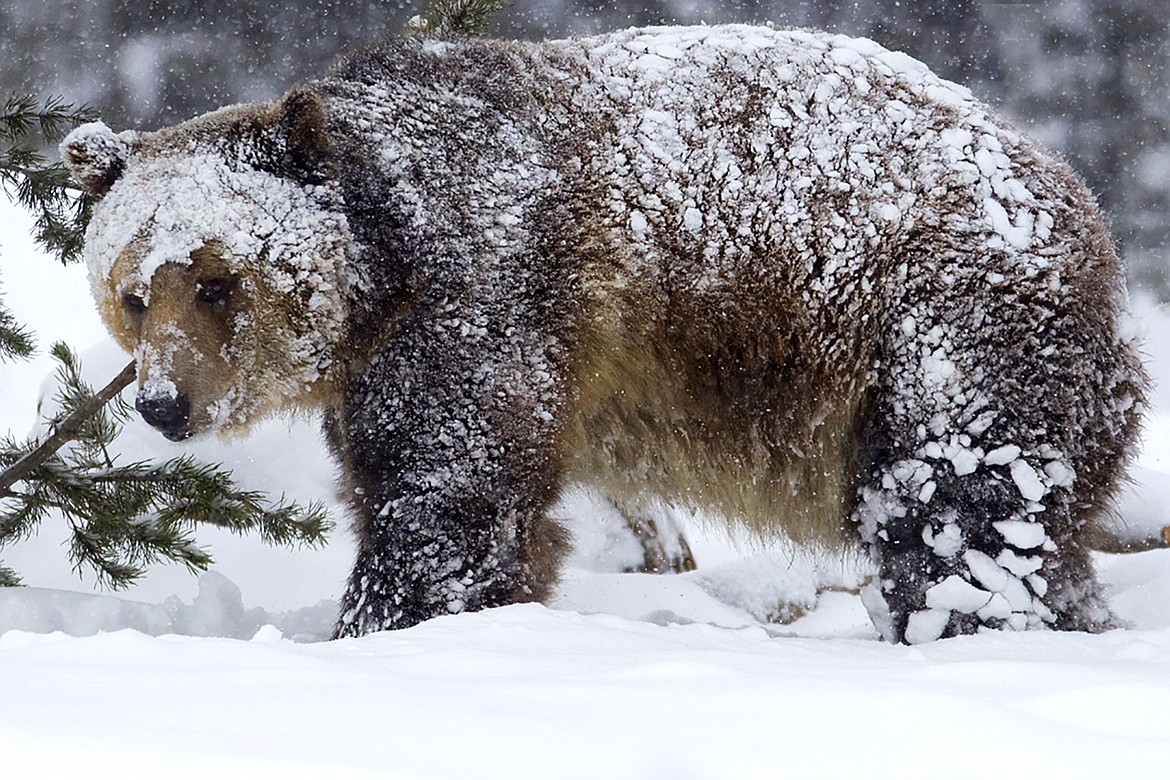Bears begin emerging from hibernation
They’re back.
Black bears tend to den at lower elevations than their grizzly cousins and have made appearances in the region on the cusp of April.
For example, black bears have been seen feeding on road-killed deer.
Bear tracks also have been spotted on the road to Bowman Lake in Glacier National Park.
Both black bears and grizzlies will be actively seeking food in the days and weeks to come after months of hibernation.
And that reality elicits from the Montana Department of Fish, Wildlife and Parks and from Glacier National Park a renewed call for residents of the region to be “bear aware.”
“One thing that I’m trying to push this year for local residents is that bears move in and out of the park all the time,” said Lauren Alley, a spokeswoman for Glacier National Park.
“As locals, we have a responsibility to be bear aware at our homes, following Fish, Wildlife and Parks protocols for trash, bird feeders, etc. This ensures that bears don’t become food conditioned and require removal,” she said.
Dillon Tabish, a spokesman for Fish, Wildlife and Parks, said bears especially love bird feeders. He said spring’s arrival provides plenty of forage for birds and that residents should secure their bird feeders.
Tabish said people should also ensure their home’s grounds do not include garbage or pet food or other potential food sources for the hungry bruins.
In Montana, grizzly bears tend to dig dens on slopes with northern exposures between 6,000 feet and 10,000 feet of elevation.
According to Fish, Wildlife and Parks, grizzlies can move up to a ton of material when excavating a den, a process often completed in three to seven days. Dens typically include an entrance, short tunnel and a chamber with bedding material that has air pockets and traps body heat.
Grizzlies typically den for five to six months and can lose 15 percent to 30 percent of their body weight.
Both Alley and Tabish encouraged people who recreate in the region to carry bear spray and know how to use it.
“Proper use of bear spray has proven to be the best method for fending off threatening and attacking bears, and for preventing injury to the person and animal involved,” Alley said.
Reporter Duncan Adams may be reached at dadams@dailyinterlake.com or 758-4407.


